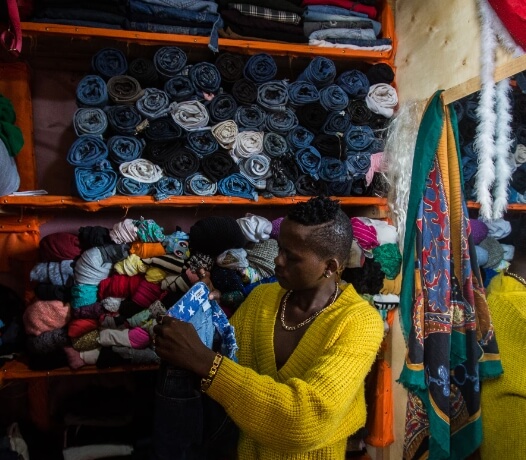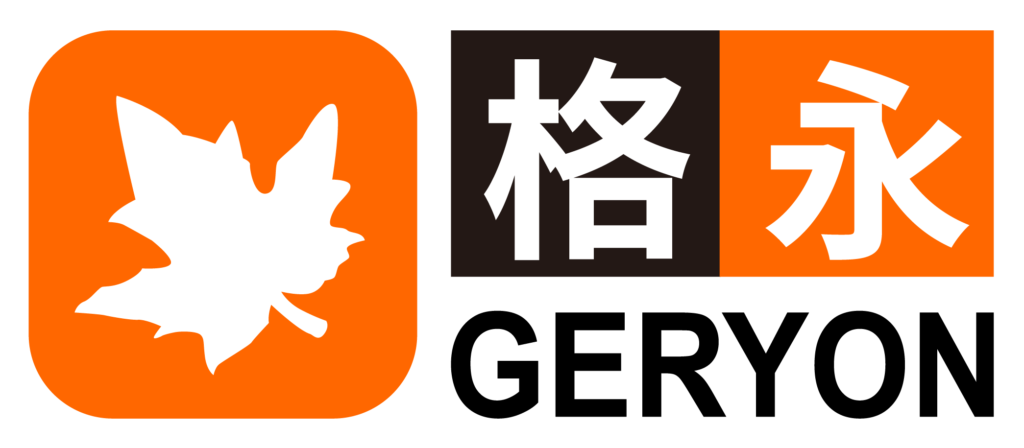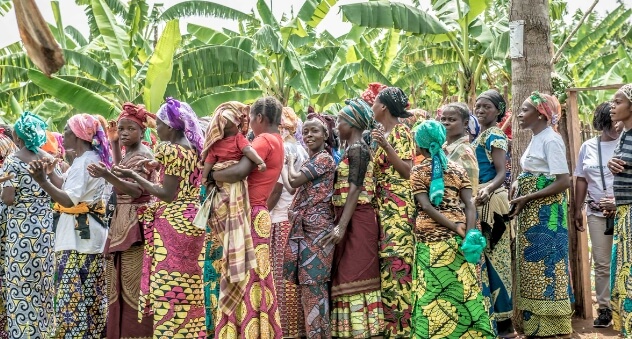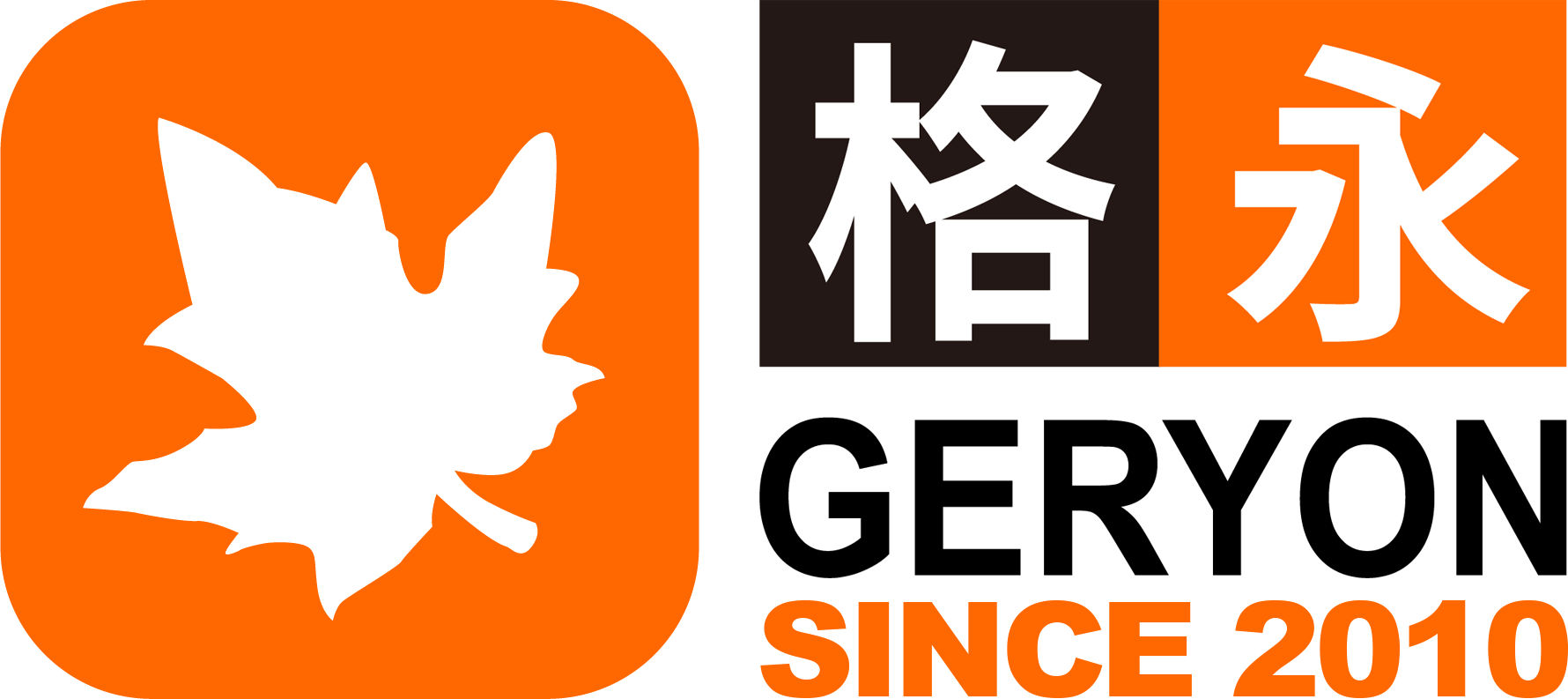As the global fashion industry increasingly shifts towards sustainability, Congo used clothes have emerged as a vital segment. Importers can benefit from understanding the intricacies of this market, including consumer preferences and the factors driving demand for secondhand apparel.

1. Introduction
The Congo used clothes market is a vibrant and growing sector that reflects a shift toward sustainable fashion. As consumers become more environmentally conscious, the demand for secondhand clothing has surged. This introduction sets the stage for understanding the various dynamics at play within this unique market, highlighting the potential for importers to capitalize on the growing interest in Congo used clothes.

Current Trends in Secondhand Clothing
The popularity of Congo used clothes has increased significantly in recent years, driven by a blend of affordability and unique style. Consumers are now more inclined to seek out secondhand options, viewing them not only as budget-friendly alternatives but also as fashionable choices that reflect individual identity.
Consumer Preferences and Demographics
Understanding the demographics of those buying Congo used clothes is crucial for importers. Younger generations, particularly millennials and Gen Z, are leading the charge in adopting sustainable shopping habits. They prioritize not just price but also the stories behind each piece of clothing, making it essential for importers to connect with this consumer mindset.
Sourcing Strategies
Best Practices for Importing Used Clothes
To successfully navigate the Congo used clothes market, importers should establish strong relationships with local suppliers. Sourcing strategies that emphasize quality and authenticity can set businesses apart in a competitive landscape. Importers should also be aware of the types of clothing that resonate most with the local market, ensuring their offerings align with consumer expectations.
Reliable Suppliers and Partnerships
Finding reliable suppliers for Congo used clothes can be challenging, yet it’s vital for success. Importers should focus on building partnerships with trusted local businesses that have a track record of providing high-quality secondhand garments. This collaborative approach not only ensures product quality but also fosters a deeper understanding of local market trends.
Regulations and Compliance
Import Regulations in Congo
Navigating the legal landscape surrounding Congo used clothes is essential for importers. Understanding the import regulations and customs duties can prevent costly delays and ensure compliance. Familiarity with these regulations will enable importers to streamline their operations and minimize risks associated with cross-border trade.

Understanding Local Laws and Standards
Importers must also stay informed about local laws governing the sale of used clothing in Congo. Adhering to these regulations not only ensures smooth business operations but also helps build a positive reputation among consumers. Awareness of local standards will ultimately contribute to a sustainable business model in the Congo used clothes market.
Marketing Strategies
Promoting Congo Used Clothes to Target Audiences
Effective marketing strategies are critical for importers looking to promote Congo used clothes. Utilizing targeted advertising campaigns and engaging storytelling can captivate potential customers. By highlighting the unique aspects of secondhand clothing, importers can create a compelling narrative that resonates with environmentally conscious consumers.
Leveraging Social Media and Online Platforms
Social media is an invaluable tool for promoting Congo used clothes. Importers can leverage platforms like Instagram and Facebook to showcase their inventory and engage with potential buyers. Building an online presence not only increases visibility but also fosters community around the brand, encouraging repeat purchases and customer loyalty.
Challenges and Opportunities
Common Challenges Faced by Importers
Importers in the Congo used clothes market face various challenges, including fluctuating demand and supply chain issues. Understanding these obstacles is crucial for developing effective strategies to mitigate risks. By being proactive and adaptable, importers can navigate these challenges while continuing to thrive in the market.
Emerging Opportunities in the Market
Despite the challenges, the Congo used clothes market presents numerous opportunities for savvy importers. The rising interest in sustainable fashion creates a fertile ground for growth. By tapping into this trend and aligning their offerings with consumer values, importers can position themselves for long-term success in this dynamic landscape.
7. Conclusion
In conclusion, the Congo used clothes market offers significant potential for importers willing to invest time and effort into understanding its complexities. By focusing on market analysis, sourcing strategies, regulations, marketing, and overcoming challenges, businesses can carve out a niche in this burgeoning sector. With the right approach, importers can successfully thrive in the world of Congo used clothes.
